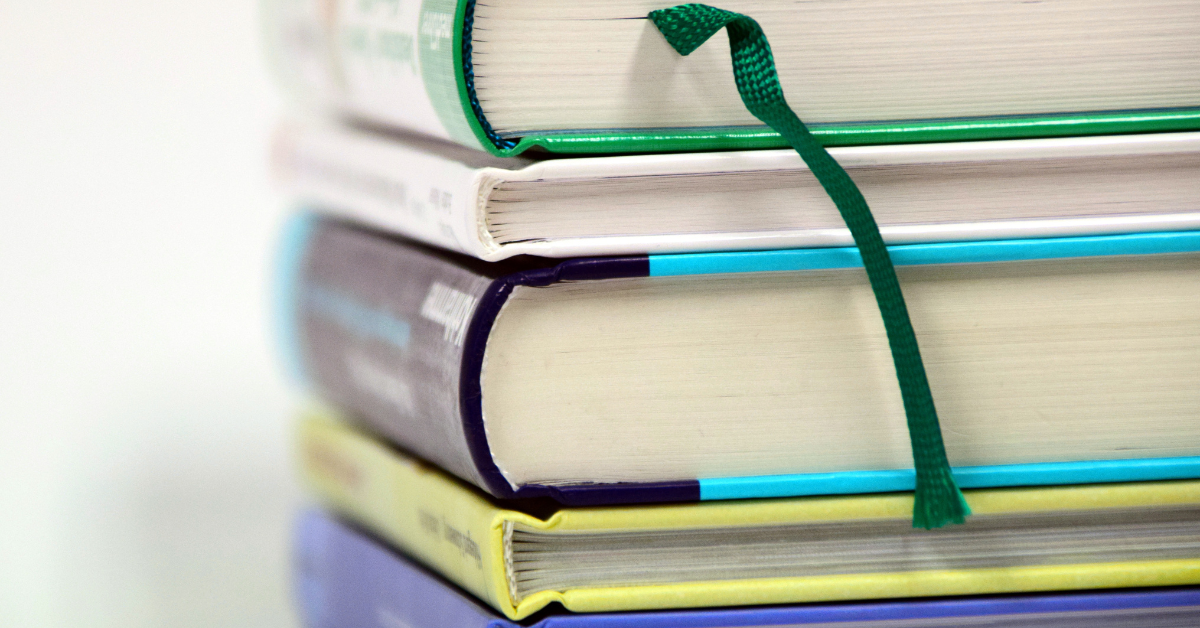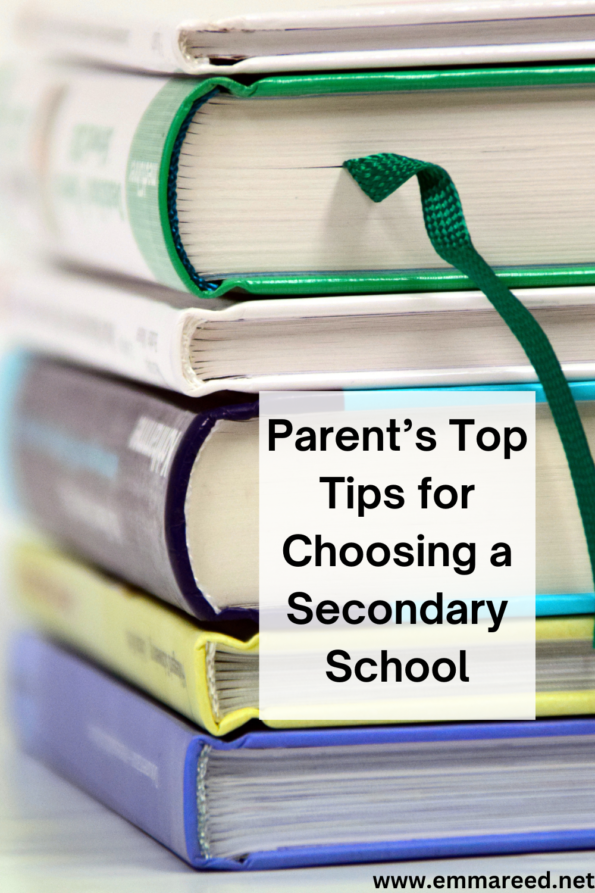
Parent’s Top Tips For Choosing a Secondary School

It feels like it was only the other year that I was looking around infant schools and weighing up which to place on the application form, and yet, somehow it’s actually been 7 years and now here I am looking at secondary school places. I’m not sure where that time went and I definitely don’t feel mentally or emotionally prepared for this next step but it is what it is and like with all milestones, we as parents work our way through it, don’t we? (after I have been a blubbering mess at all the leavers events, I’m sure!)
It has been a funny start to the half term because your child is only just settling into year 6 yet we have to think a whole year ahead and decide what school they are going to attend the following September. I don’t know about you but it all feels so early and also rushed. This year’s applications opened on September 9th and closed on October 31st meaning we only had about 7 1/2 weeks to view the schools and make a decision. For me, this was incredibly hard. For starters, our nearby catchment school closed down a couple of years ago and the school that became our catchment wasn’t at all close. Secondly, we have a lot of schools in our town and also the nearby villages/towns and thirdly, not everyone from his close friendship group seemed to be going for the same schools. It left me torn between my heart and my head and so I popped a post up on my Facebook page asking for advice and tips from those who had done this before or who were also choosing a secondary school, and I thought I would share these with you all for future reference.
Look Around as Many Secondary Schools as You Can
This tip came up quite a few times and I can honestly say now that I wish I had looked around a few more schools for comparison. I think if we had more time to fit them in it would have been more doable for us – we did look at 1 in year 5 but didn’t get around others so if I were to go back and do it again I would have taken much more advantage of having that half term to help us decide. By looking at more schools and also by looking at them in year 5 and then again in year 6, it gives you the chance to compare them to each other and to also see how they have changed over that year – have they improved? Have they gone a little downhill? It’s a good way to gauge how the school will be the year your child has to start.
Whilst you are looking around you should take into consideration:
- How the school have set up their open evening – does it feel over the top or is it not enough? Are the teachers trying to engage with the children? Are pupils and staff helpful and informative? Does each classroom have something of interest? Is the school easy to navigate?
- Facilities – lockers, toilets, changing areas, location of subjects, playground, sports areas etc.
- Their ethos/mission statements
- The ambition of the teachers
- Uniforms and equipment you’d need to purchase
- After-school or lunchtime clubs
- Look more closely at the subjects your child is interested in e.g. is the music department offering enough? Is the sports equipment looking dated? Are there subjects another school doesn’t offer?
- GSCE choices. Do they offer BTECH’s or NVQ’s?
- The size of the school – would your child be overwhelmed? Would a smaller school suit them better?
- Cafeterias and food options along with lunch break timings
- SEN/peer support/counselling departments and how they deal with bullying
- The overall atmosphere and feel of the school
Gemma told me:
“We visited 5 schools. For us open evenings and days were essential. As an ex-teacher I wanted to see the schools during the day to get a sense of what the school is like in an operational sense. The open evenings gave a good sense of the passion and enthusiasm for the school and subjects from both teachers and pupils. Organisation of the events was also a factor (one we visited was very chaotic and seemed badly organised – not a good experience). We looked at what GCSE options were available as some had more variety than others. Progress and attainment scores added to the overall picture of the school. After-school activities and enrichment opportunities also played a part in the decision.”
Most look-around sessions are in the evening which we did find tricky as it gets so much darker from 6 pm onwards, however, you can request to also look around a school during the day which would not only give you a better view of how the school looks but you will also get to see how a school day normally runs.
List Making
If you are still on the fence after looking around, make lists to compare each secondary school. We listed the lunch break timings, start and end times, and the extracurricular activities available at lunch and after school. This allowed us to weigh up what would work better for our child and show him what opportunities were available to him.
OFSTED Reports and GSCE Results
Obviously we do all like to have a little nosey at these but don’t let these fully dictate which school you pick. With OFSTED, firstly look at when it was last inspected, if it was a while ago it may not still be relevant. Then take a look at what the school did well in, and where they need to improve, if you do look at this before your visit, you could chat with the head/deputy head about it all if you feel it is something important. With GSCE results many things can have an impact including staffing, funding and other factors like lockdown which did affect many children’s education. By the time your child starts secondary school another year will have passed and they won’t be doing their GSCEs for another 4/5 years so things can change again with that time.
Lou said:
“Apart from the obvious academic attainment achieved by pupils at each school, most schools have a specialism, like sports, arts, technology etc. so I’d focus on what my kids are interested in outside of the academic and have a look at how each school can support that side of their education.”
Transport
Another area to factor in when making your decision is how your child will get to school. Is there a bus service? Can you drive there, if so is there ample parking? Is there a good/safe bike route they could take? This will all come down to individual circumstances and how your child feels about travelling alone.
Kat told me:
“Distance was a big factor for us, walking or public transport. I would only drive if absolutely necessary and I also have a strong belief in the local community.”
Friends
This was quite a biggie for us because I remember going to secondary school with my primary school friends and having them there throughout all of those key years so I did want to gauge where his friends would be looking at and considering. I created a Facebook group where we could all chat, share opinions, discuss thoughts and ultimately say which schools we were putting down. I know not all of them will get into the same school but it was good to see where everyone else’s heads were at and to help my child to understand that change would be coming and new friends would be made but you may still see some from junior school.
Gut Instinct
This was mentioned the most when I spoke with other parents. Go with yours and your child’s gut feelings. If they like it, if they feel that they would be happy there each day, then that is the school for them.
If you are in the process of choosing a secondary school I hope these tips will help you as much as they did me.
Good luck

A big thanks to Lara, Gemma, Less is More Blog, Rachel Jacqui, Lou, Carissa-Marie, Kat, Pat, Maria, Charlene and Terri for their input.
Pin for later:





